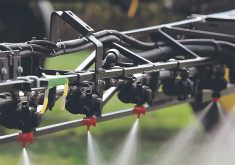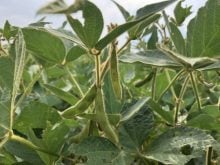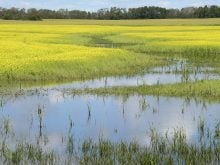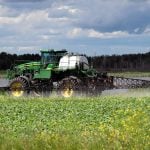In the landmark 1984 Senate report on Canada’s soil erosion crisis, a young New Brunswick farmer peers out of the pages as a case study in doing it right.
“He is noted as an innovator willing to try new things and for his active role in several farm and community organizations,” said the authors of the influential reportSoil at Risk.
The young farmer, just five years into his tenure as owner of the three-generation family potato and dairy farm in northern New Brunswick, was cited for adopting conservation practices that were minimizing erosion on his hilly land.
Read Also
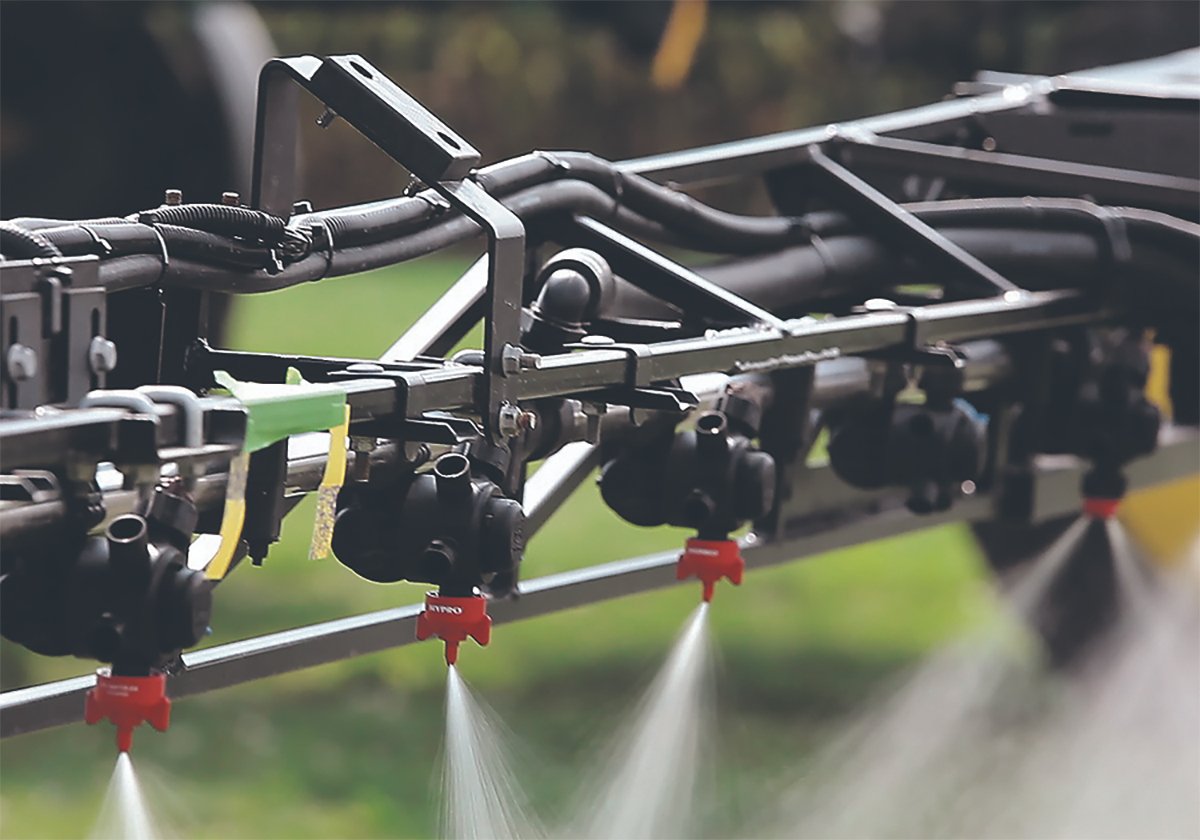
Ten years to study a pesticide? PMRA dealing with a backlog of post-market reviews
It should take two to four years to review the safety of a pesticide. But Health Canada and the Pest Management Regulatory Agency will take nine to 10 years to evaluate the safety of glufosinate — a herbicide that is already on the market.
“His soil management practices will certainly keep the land in a well-maintained state for his children,” gushed the report. “In the meantime, he is demonstrating that good soil conservation goals can be more readily achieved in a mixed farming operation.”
Take a bow, Jacques Laforge, conservation farming innovator at a time when the Senate report warned that too many Canadian farmers were mining the soil rather than preserving it.
Twenty-seven years later, Laforge has taken another bow.
At the Dairy Farmers of Canada annual meeting in Winnipeg in mid- July, he stepped down as one of Canada’s longest-serving and respected farm leaders.
Laforge was president for seven years during turbulent times for the dairy industry and its supply management system.
He was a dogged defender of the system, but also a leader in insisting that the industry has to prepare for change and work more closely with its processor customers and the federal government.
The funny, wisecracking farmer developed a close relationship with agriculture minister Gerry Ritz and was rewarded by a government decision to fulfill a longstanding DFC demand for cheese compositional standards that force cheese makers to use more Canadian content rather than cheaper imports.
A year ago when he first indicated he would step down in 2011, aWestern Producerstory noting the announcement and including glowing assessments from some of the industry people he worked with drew good-natured grousing from DFC officials and Laforge himself that it read like an obituary when he still planned an active year as president.
“You make me sound like a lame duck,” he said.
Well, he was able to walk off the stage on two legs and return to his St. André farm with its state-of-the-art bio-digester.
So now that he is gone officially, it is appropriate to revisit some of those accolades. Being a farm leader in this country is a tough job. Leaving on a high note is no mean feat.
“I can say without hesitation that Jacques has always been open to talk with us, to keep communication lines open,” Dairy Processors’ Association of Canada president Don Jarvis said last year. “I think he was forward looking and willing to nudge the industry toward change.”
Former Canadian Federation of Agriculture president Bob Friesen praised Laforge for his representation of the dairy sector at CFA, his leadership in the industry and his willingness to work with politicians, processors and other sectors to advance the interests of dairy producers.
“I think he was an excellent president,” said Friesen. “He was on the ball on all issues. He was diligent on the trade and WTO files and understood them and he understood the need to build strong relationships with others.”
Take a third bow, Jacques.


